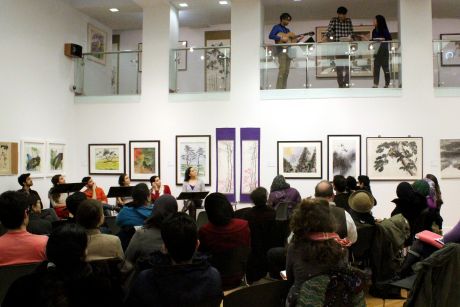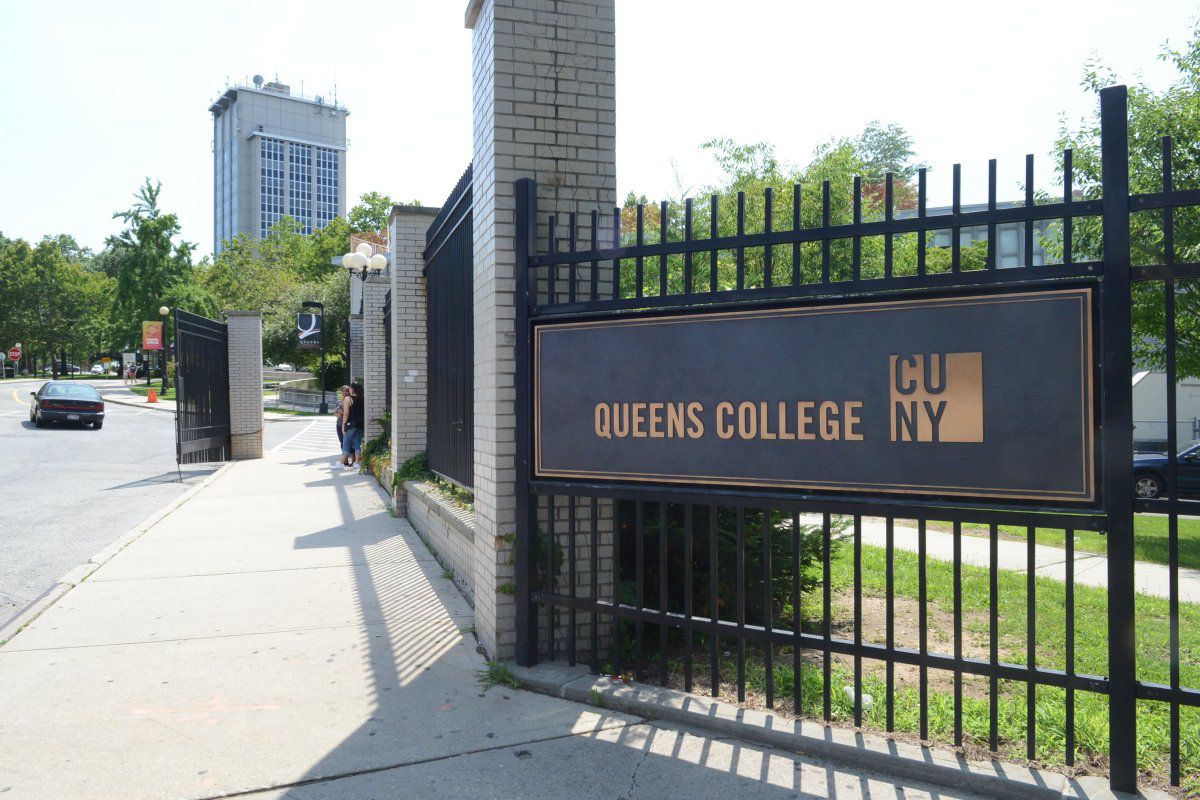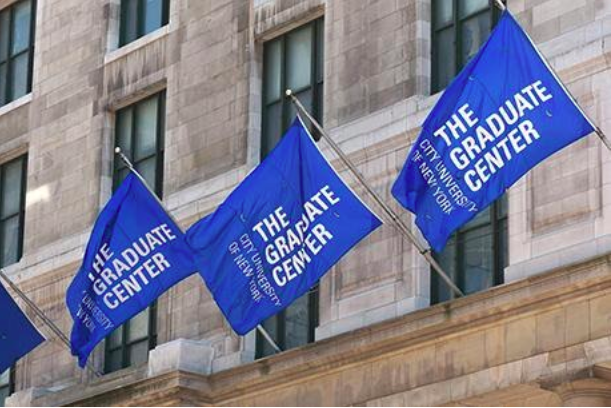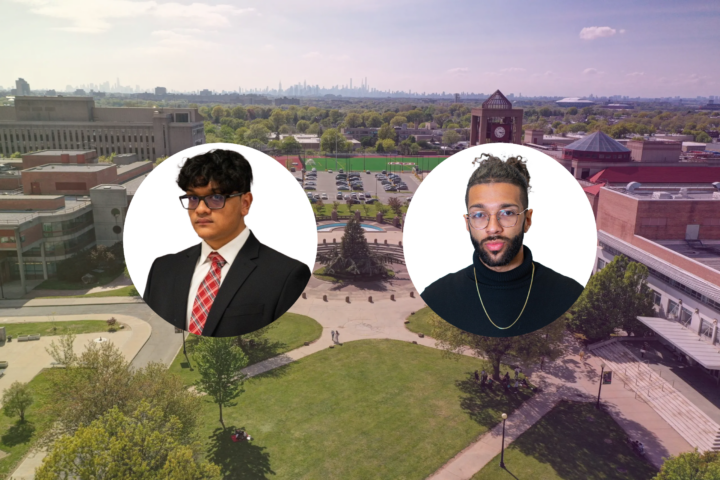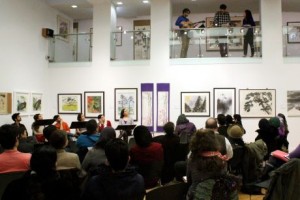
“First acts: A Doll’s House REMIX” took place at the Godwin-Ternbach Museum on Feb. 8 and 10.
“First Acts: A Doll’s House REMIX” offered audiences a different look at the original play. It used perspectives of minorities instead of the traditional Western view.
The event took place at the Godwin-Ternbach Museum on Feb. 8 and 10. It is a project developed by the Kupferberg Center of the Arts to use historical plays and modernize them.
“A Doll’s House”, written by Norwegian playwright Henrik Ibsen, was written in 1879. It deals with issues like marriage, oppression and tradition values. The plot focuses on a money scandal. But the remix of it shifted to a secret love for belly dancing.
This is one example of how the project works. Queens College worked with the Epic Theatre Ensemble, a diverse group of artists exploring social issue, for the remix. Students could write, watch and act in plays on and off campus.
The ensemble works not only with students, but also artists to demand social change. The plays written engage the audience to get feedback on the participant’s creativity.
Caitlin Cassidy is one person who worked as both a writer and actor. She said the play offered a voice for people often ignored.
“It is always vitally important to promote minority voices and, I feel, at this particular moment in history, we are in dire need of women’s voices from Middle East, North Africa and the Arab world,” Cassidy said.
But “A Doll’s House” helped inspire other plays among the group. Others include “The Visit” and “Democratic Dickism,” which focused on homophobia in society.
Cassidy found the time rewarding and surprising with other people in the group.
“It is so rare that, as an actor, I have the opportunity to meet the person I am playing. It has been an experience nothing short of extraordinary to be able to engage so closely with these women and their stories. Many times playing it out in real time as they were being shared,” Cassidy said.
Director Noelle Ghoussaini said it is vital for the theater to use minority perspectives in plays.
“It is incredibly important that we are hearing the stories of Middle Eastern women, especially in a time when so much bigotry and xenophobia is occurring in our country. To bring light the stories of women who have been marginalized in this country is essential to creating an equitable cultural landscape,” she said.
But Ghoussaini said how the audience reacts is the most important part of it. If not, the message is lost.
“I hope some of the audiences are able to connect with the material and feel that in the sharing of these stories,” Ghoussaini said. “They see themselves, their history and cultural landscape, be present and heard.”


